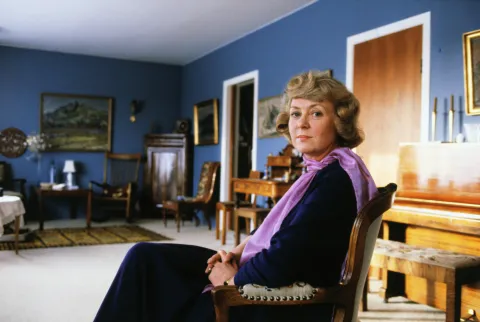
An exhibition devoted to the life and impact of Vigdís Finnbogadóttir, former President of Iceland, will open in the old Telegraph Station on Suðurgata on 1 December. Work is currently underway renovating the building and setting up the exhibition. The exhibition, suitable for all ages, will educate visitors about the wide-ranging impact that Vigdís has had in the areas of equality, environmentalism, world peace and language, both in Iceland and abroad.
A memorandum of understanding between the government and the University of Iceland was signed at an event held in the UI Ceremonial Hall on 17 June 2021 to mark the 110th anniversary of the foundation of the University. Last year, the University of Iceland and Vigdís agreed that Vigdís would donate several artefacts from her presidency to the University and Vigdís International Centre, such as letters and documents, gifts from foreign heads of state, artwork, items of clothing and other objects from her private collection. Since then, preparations for the exhibition have been in full swing under the leadership of Sigrún Alba Sigurðardóttir, cultural scholar and curator at the Vigdís Finnbogadóttir Institute.




